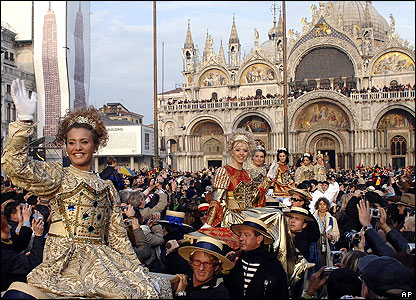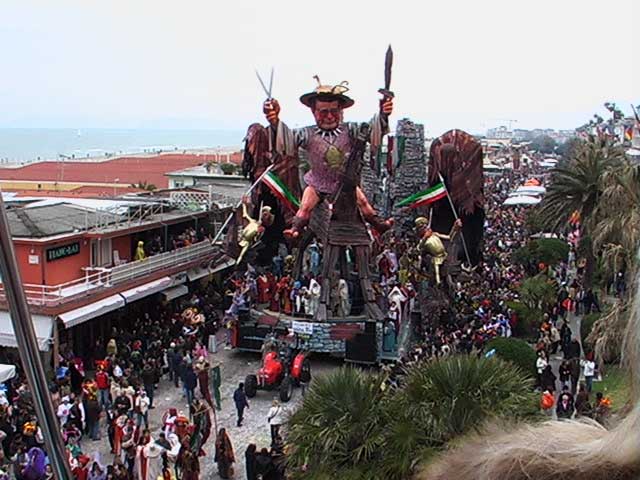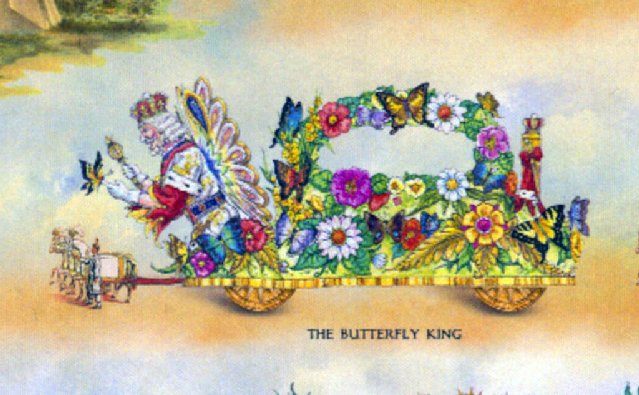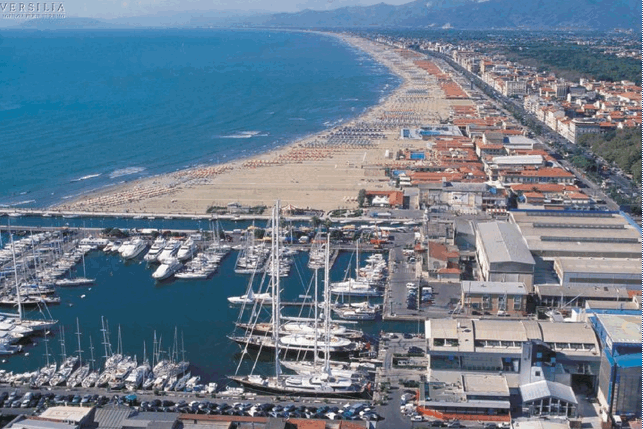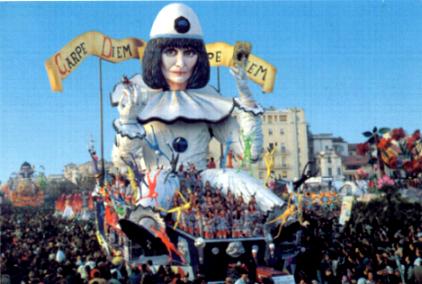Posts tagged Italy
Mardi Gras Around the World Series- Venice, Italy!!
0From January 31 – February 17, 2015, Venice will slough off the winter gloom and burst into life. During the Carnival (Carnevale), this most magical of cities fills with a mass of masked party-goers – posing and preening, dancing and philandering, in a slightly surreal re-invention of a great tradition of the city.
Glancing at the portrayals of 18th-century Venetian life in the works of Pietro Longhi or Gabriele Bella in the Querini Stampalia gallery (querinistampalia.it) or the Ca’ Rezzonico museum (visitmuve.it) will reveal that that was exactly what Venice in its party prime was all about. It’s not for everybody. It can be intensely crowded, and rates in hotels and restaurants soar. But it is a unique occasion, and a great time to see the city in a new and exciting light.
In truth, those that get here mid-week during the first week might wonder what all the fuss is about: besides the skating rink in Campo San Polo and a handful of low-grade events in out-of-the-way corners, there’s not a lot to keep you busy. If it’s excitement you want, aim for the weekends, and the final weekend in particular. see the carnival website (carnevale.venezia.it) for more details.
– “The Best Masked Costume Contest” in St. Mark’s Square Gran Finale
– Volo dell’Asino (Flight of the Donkey) from the Piazza Ferretto Tower in Mestre
Carnevale: a history of masks
The Venetian propensity for hiding behind masks was legendary: a rigid caste system coupled with ample opportunities for indulging in a host of vices made anonymity very desirable in an overcrowded city where detection was otherwise unavoidable. In the 13th century a law was passed banning masks while gambling. Later norms made it illegal to make masked visits to convents, or to wear masks during many religious festivals.
In the end, it was easier to stipulate when masks could be worn: most importantly, in a crescendo of frantic merry making, from Boxing Day until Shrove Tuesday – the period known as Carnevale (from carnem and vale, Latin for “meat” and “farewell”: a reference to the Church’s ban on eating meat during Lent). The French stamped out the festivities when they took command of the city in 1797. And so it remained until 1979 when it dawned on local authorities that a revamped Carnevale would boost tourism in the city at a quiet, damp, misty time of year. The festival now lasts for two weeks in the run-up to Lent.
Alternatives
If everything to do with Venice’s Carnival gets too much, the Veneto region offers a host of alternatives, including a magnificent procession of floats in Treviso over the final Carnevale weekend, and the carnival in Verona, this latter claiming superiority over Venice having run uninterrupted since 1531. On the Friday before Shrove Tuesday, a great fat “king” parades through the street with a gnocco (dumpling) impaled on his sceptre, at the head of a procession of floats and costumed citizens.
Mardi Gras Around the World Series- The Carnival of Viareggio, Tuscany, Italy!!
0
I’ve written about Mardi Gras celebrations outside of New Orleans before. I haven’t been to Italy for Carnival but I do plan on going in the not so distant future. Italy is a wonderful land with a ton of historic attractions and beautiful places to hang out.
Among the many attractions of perhaps the world’s most beloved Italian region, Tuscanythe Carnival of Viareggio deserves a place of honor: it is one of the most important and appreciated carnivals internationally, one in which thousands of people – tourists and Italians alike – participate every year.
It was conceived in 1873 as a masquerade event for the rich bourgeois in their discontent at having to pay very high tax. Through the course of time, though, its principal characteristic has become its enormous, animated parade floats. Atop these floats that parade along the coast of Viareggio, gigantic paper-mache caricatures of the big political, cultural and showbiz names dominate.
They are extraordinary machines with movements that become increasingly complex with each year, showing off the ideal marriage between grandiose scenographic effects, new technologies and, of course, the mastery of Italian artistic talent.The massive floats were first built by the world famous ship builders of Viareggio. These men were skilled carpenters and ironmongers who were well used to building large ships strong enough to travel across oceans. In 1925, the use of papier mache was introduced which meant that as the floats were now lightweight, as well as strong, they could become even larger and more elaborate.
The entire Carnival of Viareggio is accompanied by masked and musical all-nighters in the streets. These parties find their origins in the so-called “colored all-night dances” (veglioni colorati) from the 1920s – where the women donned dresses of certain hues and dyes, and the men had to appear in tuxedo. Even the decorations, confetti and tinsel stars had to follow a specific color theme. Today, the most fashionable bars and locales participate in the celebration, helping to amp up the extraordinary factor of Carnival.
The City of Viareggio, a renowned seaside town, is rich in Art Deco architecture and is a great introduction to this part of Tuscany known as Versilia. Take a trip here, and enjoy the splendid nearby towns of Lido di Camaiore and Forte dei Marmi, as well as bigger cities like Pisa and Lucca.
REX to Introduce New Butterfly King Float!!!
0First new float for REX in 30 years, that’s quite a while. I’m talking about custom REX floats that they reuse each year, like the Jester, Boeuf Gras, etc. floats. The Butterfly King is a historic figure going back well over 100 years.
The Butterfly King, a mythical figure that symbolizes the transient nature of Mardi Gras, will be represented by a permanent float in the Rex parade, starting with this year’s procession on Feb. 21. The monarch, a tubby, bewigged individual with multicolored wings, has been used by the Rex organization in designs and invitations for 130 years. The float, which is designed to carry 24 riders, is the first permanent addition to the krewe’s Fat Tuesday parade in about 30 years, Rex archivist Stephen Hales said.
Jonathan Bertuccelli, a member of a float-building family from Viareggio, Italy, is building the float, which will feature flapping wings for the king. His father, Raul Bertuccelli, was discovered by Mardi Gras mogul Blaine Kern in the 1960s, when Kern was studying European celebrations. Bertuccelli and his family moved to New Orleans in 1977 to work with Kern.
Jonathan Bertuccelli, a member of a float-building family from Viareggio, Italy, is building the float, which will feature flapping wings for the king. His father, Raul Bertuccelli, was discovered by Mardi Gras mogul Blaine Kern in the 1960s, when Kern was studying European celebrations. Bertuccelli and his family moved to New Orleans in 1977 to work with Kern.
The Viareggio floats are huge, they are often taller than the buildings along the promenade. People who see them for the first time are usually impressed by their size, which was unexpected. But they are also beautiful and extremely complex. It takes about a year to make one of them. The creator is often a renowned local artist, a painter whose float carries his signature as if it were a painting or sculpture.
While the parade rolls, circling the seafront, the float is animated from within by several people who operate the mechanisms that make heads on the float turn, eyes roll, mouths open and smile, arms and legs raise, birds spread their wings, and every little detail come to life.
